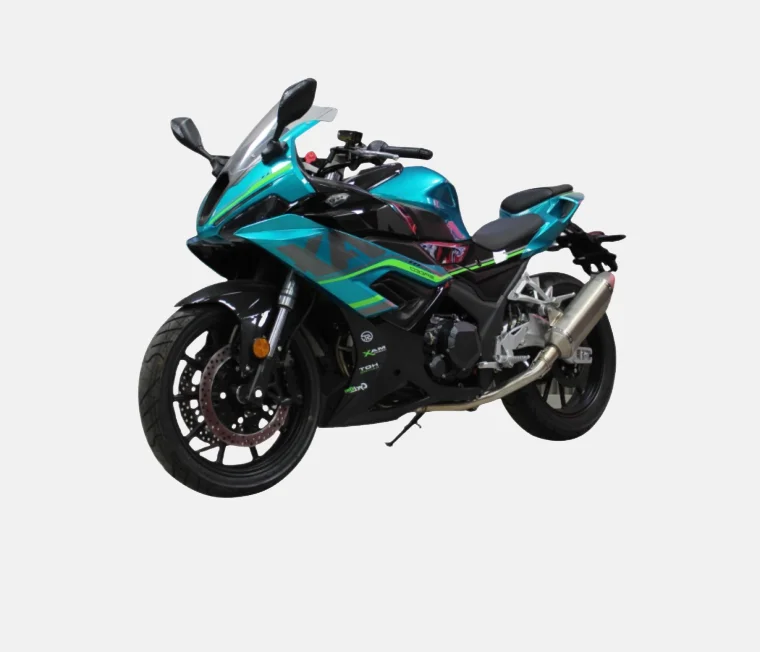Chilling Out: Expert Tips for Traveling with Refrigerated Items
Traveling with refrigerated items can be a daunting task, whether you're transporting perishable food for a picnic, delivering ingredients for a catering event, or simply bringing home some specialty items from your travels. Ensuring that these items remain fresh and safe to consume requires careful planning and execution. In this article, we will delve into the best practices for traveling with refrigerated items, covering everything from preparation to transportation methods, and the importance of temperature control.
Understanding the Importance of Temperature Control
The first step in successfully traveling with refrigerated items is understanding the critical role of temperature control. Perishable items, such as dairy products, meats, and certain fruits and vegetables, must be kept at or below 40°F (4°C) to prevent the growth of harmful bacteria. The USDA recommends that perishable foods should not be left out at room temperature for more than two hours. Therefore, maintaining a consistent temperature during transit is essential for food safety.
Preparation: Choosing the Right Items
Before embarking on your journey, it’s crucial to select the right refrigerated items. Consider the following factors:
- Shelf Stability: Opt for items that have a longer shelf life or are less prone to spoilage. For example, hard cheeses and cured meats can withstand temperature fluctuations better than fresh produce.
- Packaging: Ensure that items are well-packaged. Vacuum-sealed bags or airtight containers can help minimize exposure to air and moisture, which can accelerate spoilage.
- Ice Packs and Insulation: Use gel ice packs or dry ice to keep items cold. Insulated coolers or bags can also help maintain a stable temperature. When using dry ice, be sure to handle it with care and ensure proper ventilation, as it can release carbon dioxide gas.
Transportation Methods: Choosing the Right Cooler
The type of cooler you choose can significantly impact the effectiveness of your temperature control. Here are some options to consider:
- Hard-Sided Coolers: These are typically more effective at maintaining temperature over long periods. Look for coolers with thick insulation and a tight seal.
- Soft-Sided Coolers: While more portable, soft-sided coolers may not retain cold temperatures as effectively as hard-sided ones. However, they can be a good option for shorter trips.
- Electric Coolers: For longer journeys, consider investing in an electric cooler that can be plugged into your vehicle’s power outlet. These coolers can maintain a consistent temperature and are ideal for transporting larger quantities of refrigerated items.
Best Practices for Packing
Packing your refrigerated items properly is crucial for maintaining their freshness. Here are some expert tips:
- Pre-Chill Your Cooler: Before packing, pre-chill your cooler by placing ice packs inside for a few hours. This will help lower the internal temperature before you add your items.
- Layering: Place ice packs at the bottom of the cooler, followed by a layer of refrigerated items, and then add more ice packs on top. This creates a cold barrier that helps maintain a consistent temperature.
- Minimize Air Space: Fill any gaps with additional ice packs or crumpled newspaper to reduce air space, which can lead to temperature fluctuations.
- Keep the Cooler Closed: Limit the number of times you open the cooler during transit. Each time the cooler is opened, warm air enters, raising the internal temperature.
Monitoring Temperature During Transit
If you’re traveling for an extended period, consider using a thermometer to monitor the internal temperature of your cooler. Some coolers come with built-in temperature gauges, but you can also use a digital thermometer for more accurate readings. If the temperature rises above 40°F (4°C), it’s essential to take action, such as adding more ice packs or finding a cooler environment.
Conclusion: Enjoying Your Journey with Confidence
Traveling with refrigerated items doesn’t have to be a stressful experience. By understanding the importance of temperature control, selecting the right items, choosing the appropriate cooler, and packing strategically, you can ensure that your perishable goods remain safe and fresh throughout your journey. Whether you’re heading to a family gathering, a picnic, or simply bringing home a taste of your travels, these expert tips will help you travel with confidence, knowing that your refrigerated items are in good hands. Safe travels and happy eating!




